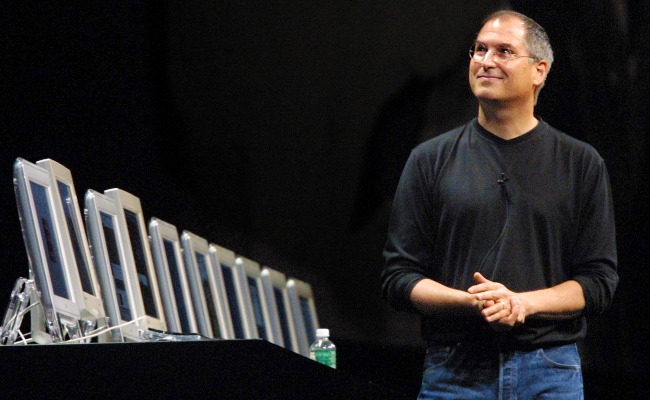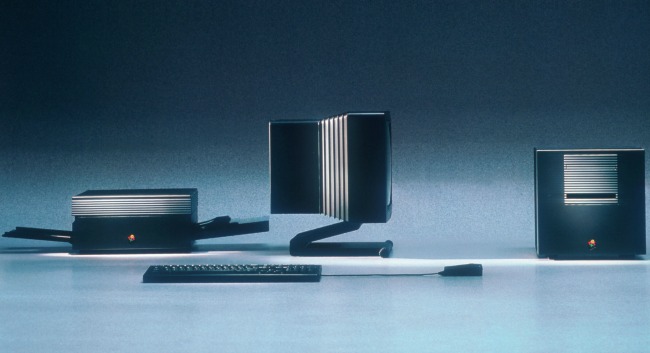
In 1985, Steve Jobs (who would have been 61 years old this week) resigned from Apple, the company he’d founded. It was the end of a turbulent, messy time where Jobs, as head of Apple’s PC division, couldn’t upgrade the Macintosh and Apple’s office-wide computing environment, Macintosh office. As a result, sales took an enormous hit and Jobs, seeing the writing on the wall, quit before he could be fired. It would be the start of more than a decade in the tech wilderness, laying the groundwork for the juggernaut Apple would become.
When he resigned, Jobs took several key Apple employees with him and began developing a new project, the NeXT workstation. It was inspired by academics Jobs had met during his time at Apple, and was going to be a powerful, advanced system that was going to make Apple regret firing him. Jobs had a plan, to put a NeXT workstation in every dorm room and university lab, and ultimately on every desk in America.
Needless to say, that didn’t happen. NeXT, despite a solid decade of hype, could never really break out of a narrow niche of selling workstations to well-funded academic departments and secretive government agencies. But despite doing better at raising capital than selling computers, NeXT was in many ways the roots of modern Apple and beyond.
“It Just Works”
While Apple was always an advocate of “closed architecture,” where the software and hardware are designed to work together and modification is discouraged, NeXT was where Apple’s reputation for working out of the box was truly built. Jobs was aiming at the higher education market, after all, and needed software that people could pick up and understand. Much of NeXT, therefore, had to “just work,” and when Jobs returned to Apple, he brought that design philosophy with him.
The Modern Internet
Steve Jobs and NeXT didn’t invent the internet, but helped pioneer how we use it. A NeXT workstation was the first web server, and NeXT was used to build the first web browser. More importantly, though, NeXT is why your websites load fast and don’t take forever to update. NeXT built a software suite called WebObjects that allowed companies to make “dynamic” web pages, enabling, for example, people to log in and comment on articles on the internet.
Okay, so perhaps you might still consider that a failure from some perspectives. But either way, it changed how the internet was designed and made it more than just HTML. And if you want to see it in action, just boot up the iTunes Store; most of it is built on WebObjects.
OS X
If you use a Mac, you’re using an evolution of the software Jobs and his team programmed for NeXT. Despite not selling well, programmers were enormously impressed with NeXTSTEP, the NeXT operating system. In fact, as this hilariously ’80s pitch video starring Jobs shows, most of the ideas for OSX had their roots in NeXTSTEP; the Dock, the Shelf, even the design of the windows and how icons are arranged, are all there, if rendered somewhat crudely compared to the modern-day OSX.
The App Store
Well before the iPhone came along and informed us that there was an app for that, Jobs’ hardware was used to develop the first app store, the Electronic AppWrapper. A third-party design, the way NeXT was programmed made it possible to manage the encryption and digital rights that are crucial to selling apps today. Granted, it was far, far different from today; it shipped with a paper catalog and a CD-ROM to shop from. Nonetheless, Jobs was impressed when it was demonstrated to him, and carried the idea over nearly a decade later.
Product Design
Computers at the time were derided as “beige boxes;” computers built around Windows and Intel chips were built at low cost and design was a low priority. The NeXT Computer, Jobs’ first product from the company, took a different tack:

The design was distinctive, attention-getting, and, Jobs quickly learned, valuable PR. People knew instantly what it was, even if they couldn’t explain what it did. It’s a lesson Jobs applied to Apple; to this day, Apple products are as much about the look as the guts.
